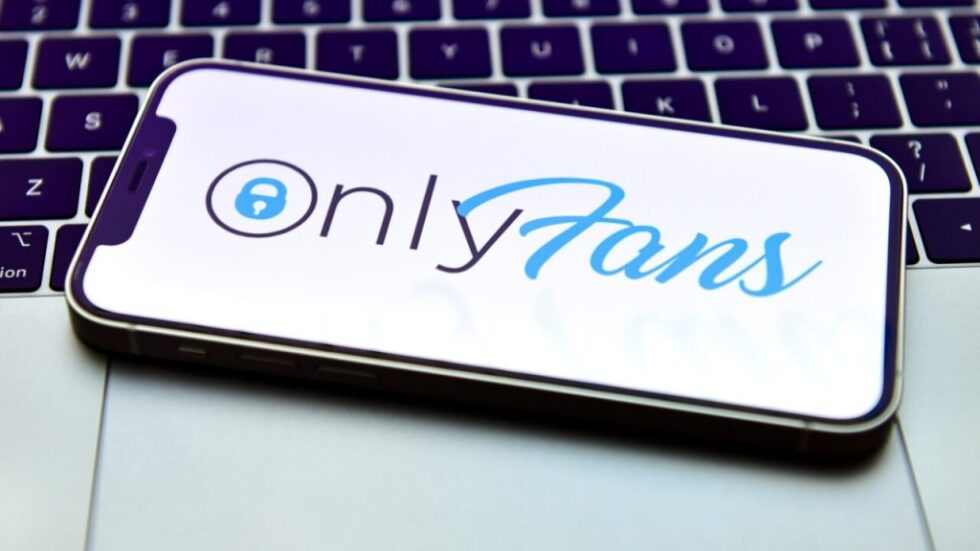Why OnlyFans Attracts Teenagers – Opportunities and Risks

A recent study involving participants aged 12 to 16 revealed not only that teenagers are aware of how the platform OnlyFans operates, but also that some view it as a viable alternative to traditional education or employment. For many, sexualized content seems like a rational route to financial independence. Respondents described the business model in detail and stressed the importance of beauty standards and physical appearance. Researchers see this as a sign that “sexual entrepreneurship” has entered mainstream youth culture, reports G.Business.
Social networks as the main driver of the OnlyFans trend
TikTok, Instagram, and X (formerly Twitter) are the central channels through which teenagers are introduced to OnlyFans.
- Example 1: A 14-year-old girl in the study reported receiving a DM on Instagram suggesting she could “make money fast” by selling photos.
- Example 2: Boys described how pirated chats on Telegram and Discord circulated links to free leaked content, sparking curiosity.
- Fact: In Spain, more than 30% of surveyed teens said they first heard about OnlyFans through TikTok “success videos.”
These platforms function as indirect advertising channels, spreading both the promise of wealth and the risk of exploitation.
Gender-specific differences in perception
The study found significant contrasts between boys and girls:
- Girls spoke of pressure from beauty standards, fear of public shaming, and risks to personal safety.
- Boys highlighted financial opportunities, often framing OnlyFans as a “female space” for earning money.
- Fact: 42% of female respondents associated the platform with “risk of being judged,” compared to only 12% of male respondents.
- Test quote: “It’s like a quick job, but only if you’re beautiful enough,” said a 15-year-old participant.
This gender gap illustrates how digital culture reinforces existing inequalities in how young people approach sexuality and money.
The normalization of “sexual entrepreneurship”
Teenagers frequently referred to producing explicit content as a “clever strategy” or a form of empowerment.
- Fact: 27% of respondents described it as “better than working in a low-paid job.”
- Example: A 16-year-old boy stated: “Girls on OnlyFans are entrepreneurs – they don’t need school if they are smart with money.”
- Problem: Researchers emphasize that this reflects neoliberal thinking, where the body is treated as capital.
Behind the rhetoric of self-determination, however, lies the reality of economic pressure and social inequality.
Overlooked risks of digital sex work
Even when teenagers were aware of dangers such as exploitation, content theft, or psychological stress, they focused more on short-term gains.
- Fact: 55% of respondents admired peers who earned money through sexualized content.
- List of risks mentioned by experts:
- Loss of control over personal content.
- Long-term stigma in education and employment.
- Increased vulnerability to blackmail.
- Psychological consequences such as anxiety or depression.
Despite this, some teenagers described OnlyFans as “a smart way to gain independence,” overlooking the long-term consequences.
Educational and political challenges
Researchers argue that a redefinition of sex education is urgently needed. Schools should integrate:
- Digital literacy – how platforms profit from personal content.
- Critical thinking – questioning online beauty and success narratives.
- Gender discussions – understanding how inequalities shape risks.
- Parental dialogue – encouraging open conversations at home.
- Policy frameworks – stricter age verification and advertising limits.
Without such reforms, the promise of “quick money” may overshadow the risks for vulnerable youth.
International context
Although the study focused on Spain, experts see a global trend: the merging of digital culture, sexuality, and money.
- In the UK, regulators reported a rise in underage attempts to register on OnlyFans in 2024.
- In the US, advocacy groups have called for stricter verification after cases of minors uploading content.
- Fact: Europol data from 2025 noted a sharp increase in cases of underage exploitation via subscription platforms.
Researchers plan cross-cultural studies to compare how young people in different societies approach sexualized content and to develop better prevention strategies.
Who uses OnlyFans – and at what price
For many teenagers, OnlyFans represents the illusion of quick money, often framed as easier and faster than traditional work. Surveys show that young women are more likely to consider it a personal opportunity, while young men mainly observe it as spectators or see it as “female business.” In reality, successful creators on the platform are a minority: industry data from 2024 showed that the top 1% of creators earned more than $5,000 per month, while the majority made less than $150 monthly – often not enough to cover basic expenses. The hidden cost is not only financial disappointment, but also long-term risks: loss of privacy, permanent circulation of intimate content, and possible damage to future career or relationships. For adolescents who still lack the maturity to weigh these consequences, the price of entering such a market can be devastating.
Stay connected for news that works — timely, factual, and free from opinion — and insights that matter now: Miss Italia 2025: OnlyFans ban for contestants and return via streaming